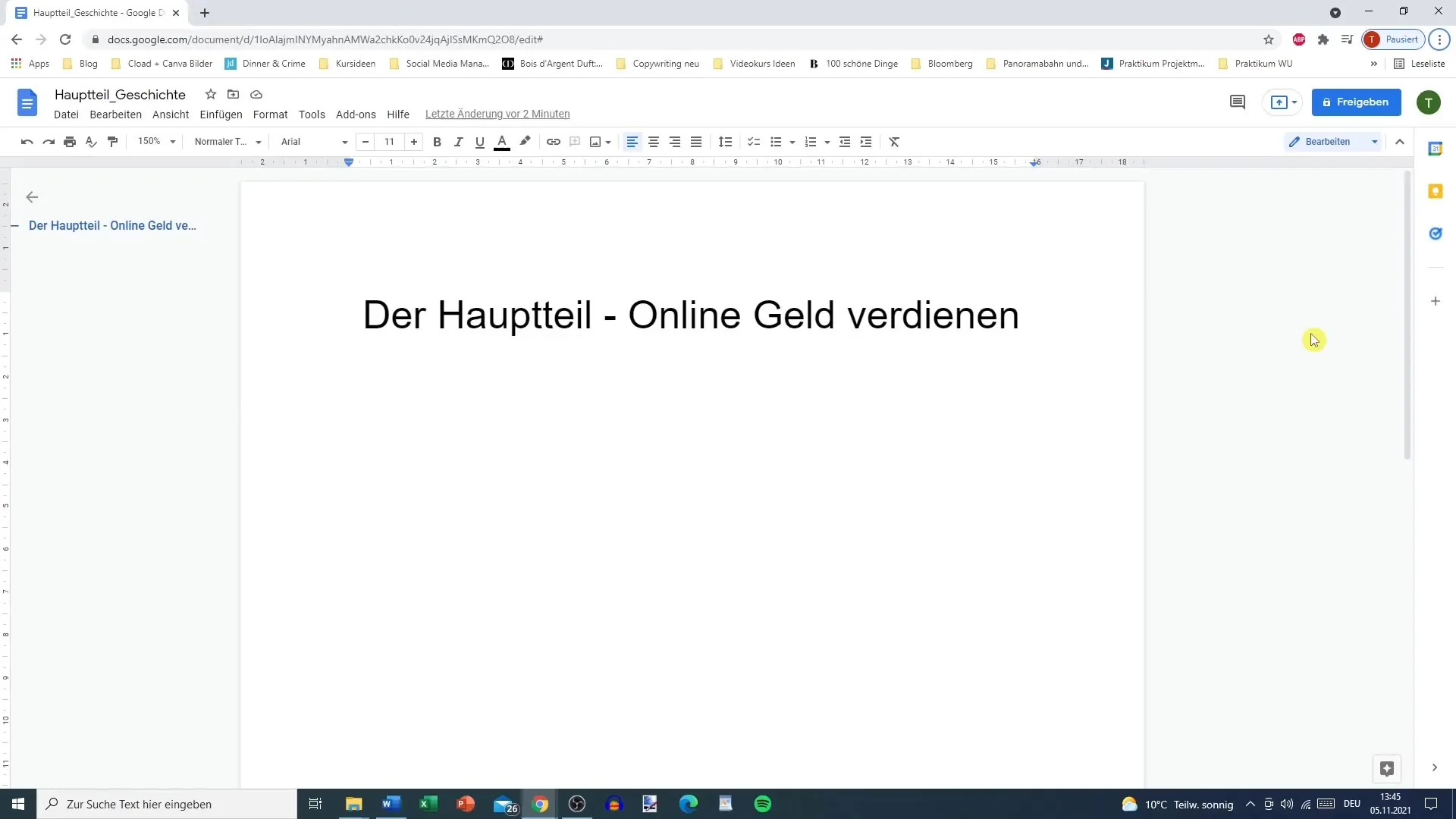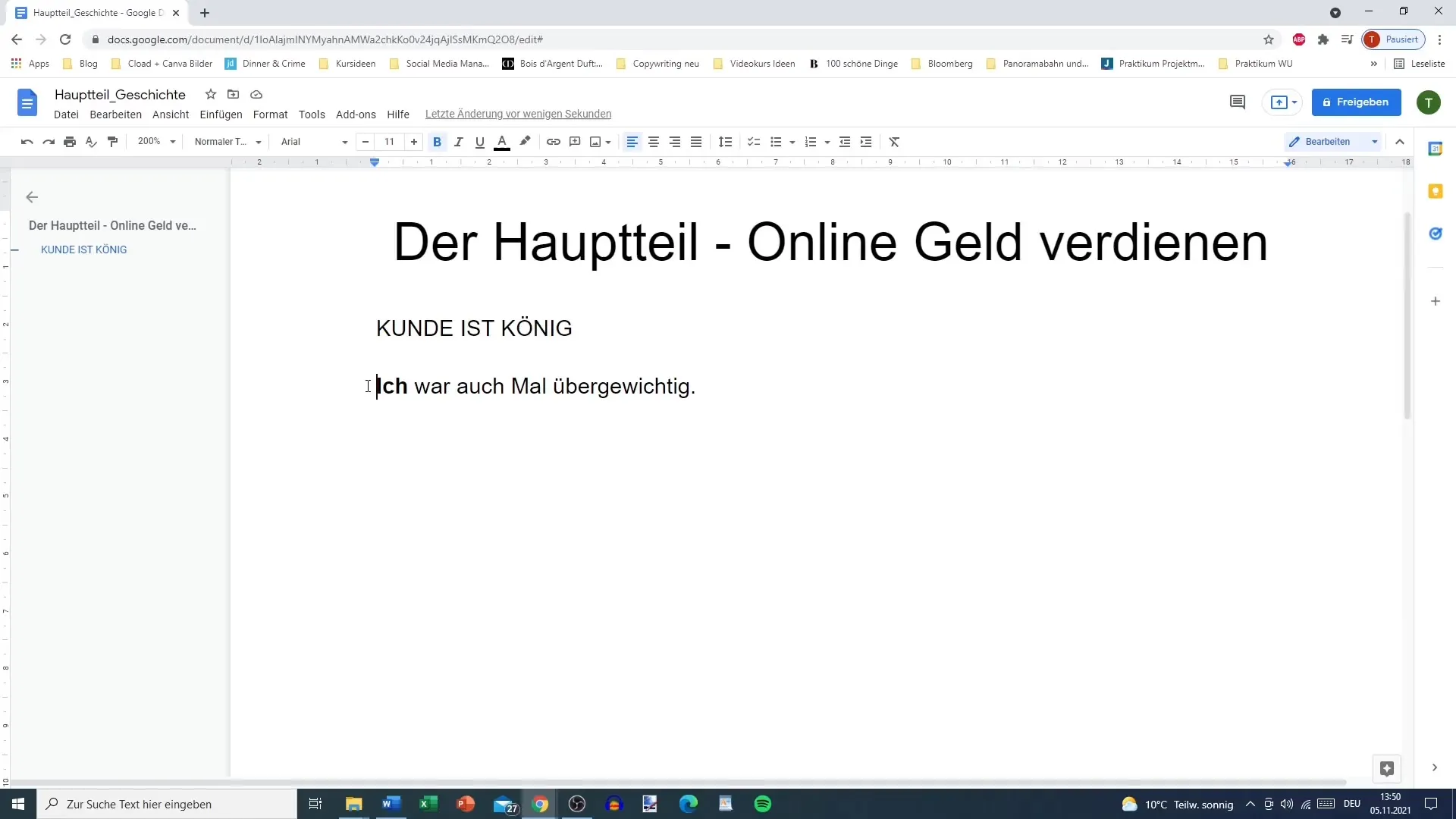Telling stories plays a major role in the world of marketing, especially in copywriting. Not only does it captivate the reader, but it also helps to establish an emotional connection and build trust. This guide shows you how to optimally leverage the potential of stories in your copywriting.
Key Insights
- The focus should be on the customer, not the author.
- Stories in the main body are more effective than in the introduction.
- Personal stories should be strategically used.
- The hero's journey provides a proven framework for storytelling.
- The story should clearly support the customer benefit.
Understanding the Historical Foundation
First, it is important to clarify why storytelling is important in your texts. Stories create a connection that keeps the reader's interest. Nowadays, customers expect that a text is not only about products, but also reveals something about the author – though not in a way that overshadows the reader.

The introduction of your text has the task of captivating the reader and holding their attention. Therefore, the hook, which is the first sentence, should be crafted to pique interest and should not contain unnecessary personal details of the author.
The Role of the Customer in the Text
Customers want to be the center of attention. Thus, it is critical that your texts are designed to directly address the reader. Instead of starting with "I used to be overweight," you could gradually introduce the story and address the reader directly: "Do you want to lose weight successfully?" This immediately shifts the focus to the reader.
It is important that everything you write revolves around the customer. This means that in the introduction, you should avoid using the first-person perspective as much as possible. Customers want to see themselves in your texts and understand how they can benefit from what you offer.
The Main Body: Weaving in Stories
In the main body of your text, you can incorporate personal stories. It is crucial here to link what you want to tell with the customer's benefit. When sharing the experiences of others or your own, make sure they align with the product or service offering.

A story like "Ten years ago, I took my first steps in earning money online" can be an excellent way to guide the reader. Ensure that the story also showcases specific results to build trust.
Creating Emotional Connection through the Hero's Journey
The hero's journey is an excellent framework for structuring stories in your texts. Use this method to convey emotional depth and captivate your readers. Your story should depict adventure, challenges, and the eventually triumphant outcome that could appeal to potential buyers.
Ensure that the story can help you substantiate the specific promises your product makes. If you claim that someone can earn €1000 in 30 days, craft the story in a way that supports this result in an authentic and realistic manner.
Summary
In summary, using stories in copywriting is not only a creative way to captivate readers, but also an effective strategy to clearly and emotionally communicate the customer benefit. In the future, when writing, always consider how to use stories to strengthen the connection with your audience.
Frequently Asked Questions
How important is it to use stories in copywriting?Stories are crucial for establishing an emotional connection and captivating readers.
Should stories be placed in the introduction or in the main body?They are more effective in the main body, as more emotional context can be created there.
How can I use the hero's journey in my texts?Use it as a structure to tell personal stories more engagingly and comprehensibly.
Why is it bad to talk about oneself in the introduction?The focus should be on the reader, not the author.
When should I use personal stories?In the main body of texts to clarify the customer benefit.


